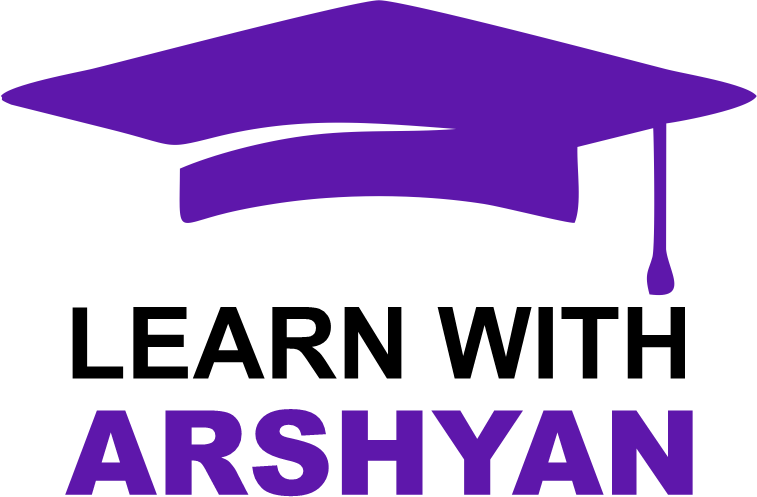- Home
- /
- JS Introduction
JavaScript Tutorial
IINTRODUCTION
JAVASCRIPT VARIABLES
JAVASCRIPT BASICS
JAVASCRIPT OBJECTS
DOM & BOM
OOPs
- Home
- /
- JS Introduction
JS Introduction
Welcome to Learn With Arshyan!
My name is Arshyan, and I’m a Computer Programmer.
Today, I’m launching this JavaScript tutorial to help you learn JavaScript from scratch — and to give you a lasting reference for key concepts and coding techniques. You can return to this guide any time you need to review or look something up.
Why Do We Need JavaScript?
Think of a website as a house:
HTML is the structure — walls, floors, and layout.
CSS is the paint, design, and decoration.
But without JavaScript, the house is lifeless — no switches, no movement, no interaction.
JavaScript brings the house to life.
It’s what makes a page interactive — allowing buttons to work, forms to validate, and popups to appear. It’s the “electricity” of the web.
For example, the modal window shown in the video below is triggered using JavaScript.
And it’s not just limited to browsers — with Node.js, JavaScript is used to build server-side applications too.
What is Programming?
Programming is how we communicate with computers.
Just like we use languages (Urdu, English, etc.) to talk to each other, we use programming languages to give clear, logical instructions to a computer.
Programming means writing a set of instructions (code) that a computer can understand and execute.
This includes:
Designing logic
Writing code
Testing it
Fixing errors (debugging)
Maintaining the code
What is ECMAScript?
ECMAScript is the standardized version of JavaScript.
It ensures that everyone writing JavaScript is speaking the same “technical language”.
Notable ECMAScript versions:
ES1 (1997): First official release
ES6 (2015): Big leap forward — introduced
let,const, arrow functions, and classesES13 (2022): Latest features and syntax improvements
Modern JavaScript is built on ES6+ standards.
What is JavaScript?
JavaScript is a lightweight, object-oriented, scripting language.
It’s mainly used to create interactive websites.
File extension:
.jsRuns on both client (browser) and server (Node.js).
It adds dynamic features like sliders, form validation, popups, dropdowns, animations, and much more.
Popular JS Frontend Frameworks:
React.js
Angular
Vue.js
Popular JS Backend Frameworks:
Node.js
Express.js
What You’ll Learn in This Tutorial
In this tutorial, you’ll learn JavaScript step-by-step — from the basics to real-world usage.
The lessons are written in plain language, with examples, mini-projects, and exercises to practice.
Let’s start your JavaScript journey — right here, right now.
